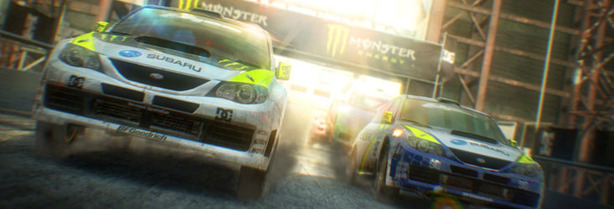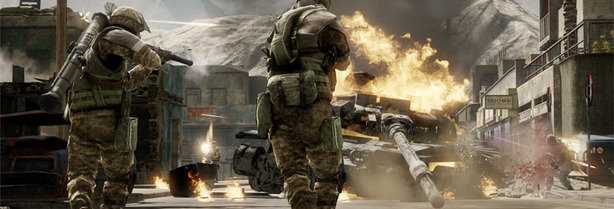Performance Analysis
With its twin high-end GPUs, we expected the Radeon HD 6990 4GB to have an automatic advantage over every single-GPU card on the market. While at lower resolutions such as 1,680 x 1,050 this isn’t always very apparent, as the resolution increased and we applied more AA, the HD 6990 4GB really showed us how much performance it can offer.In Dirt 2, a game in which we’ve found Nvidia cards hold a significant advantage, the HD 6990 4GB didn’t really show its potential at resolutions below 2,560 x 1,600. At 2,560 x 1,600 with 4x AA, the HD 6990 4GB managed a minimum frame rate of 77fps, 16fps higher than that of the mighty GeForce GTX 580 1.5GB. This was also 40 per cent faster than the HD 5970 2GB, AMD’s next-fastest graphics card.

The HD 6990 4GB’s performance in Black Ops was a little different, though, as despite performing capably throughout the range of tests, it wasn’t always the fastest card. Even at the fairly taxing setting of 1,920 x 1,200 with 4x AA, the GeForce GTX 480 1.5GB and GeForce GTX 580 1.5GB were slightly faster. However, on closer inspection, the HD 6990 4GB managed the same 70fps minimum and 94fps (or thereabouts) average at every resolution and AA setting.
This is far too low a limit for the CPU of our test rig to be the cause of this identical level of performance – AMD and Nvidia managed much higher frame rates with the same kit. We therefore have to level our suspicions at the AMD Catalyst driver and the dual-GPU nature of the HD 6990 4GB. Regardless, the HD 6990 4GB was still the fastest card we’ve tested in Black Ops at 2,560 x 1,600 with 4x AA, and the game was always playable at whatever resolution we tried.
While Black Ops might be easy to run, Just Cause 2 remains one of the hardest games to run at its prettiest settings; an ideal test for the HD 6990 4GB and one in which it excelled. For example, the HD 6990 4GB was the only card we’ve tested that can run the game at 2,560 x 1,600 with 4x AA, managing a comfortable 32fps minimum. That’s 9fps, or 39 per cent, faster than the HD 6970 2GB, which is not only AMD’s next-fastest card but the second-fastest in Just Cause 2.
We’ve found some multi-GPU setups cause Bad Company 2 to micro-stutter, but happily the HD 6990 4GB was stutter-free. Instead, the card thoroughly smashed its way through the game: at 1,920 x 1,200 with 4x AA, the HD 6990 4GB managed an incredible minimum frame rate of 70fps. This is faster than even the average frame rate of the previously epically fast GTX 580 1.5GB and 46 per cent faster than its minimum frame rate. Even at 2,560 x 1,600 with 4x AA, the HD 6990 4GB produced a minimum frame rate of 43fps, alongside a towering average of 72fps. Nvidia’s current-fastest card could only manage a minimum of 29fps and an average of 38fps.

So the HD 6990 4GB possesses frankly ludicrous amounts of graphics-rendering horsepower, but of more concern is its power consumption and the abilities of its cooler. Power consumption was, predictably, massive. With its stock clock speeds, the HD 6990 4GB caused our test PC to consume 434W of power, 58W more than the previous worst offender, the GTX 480 1.5GB. In its overclocked mode, the card consumed another 41W.
Despite the huge amounts of power being consumed, AMD’s efforts to keep the HD 6990 4GB cool look to have paid off. At its stock speeds, the GPUs peaked at 56°C above room temperature, while at its overclocked speeds the hottest GPU peaked at a notably higher 63°C above ambient.
This is, to AMD’s credit, still well below the 72°C delta T of the GTX 470 1.3GB and GTX 480 1.5GB cards. Noise was an issue, however, and the HD 6990 4GB’s fan did spin up to intrusively loud levels under even undemanding workloads. In games such as Just Cause 2, which really stress the GPUs, the cooling fan was downright noisy, and this only worsened when we flicked the Antilles Unlocking Switch.

MSI MPG Velox 100R Chassis Review
October 14 2021 | 15:04









Want to comment? Please log in.